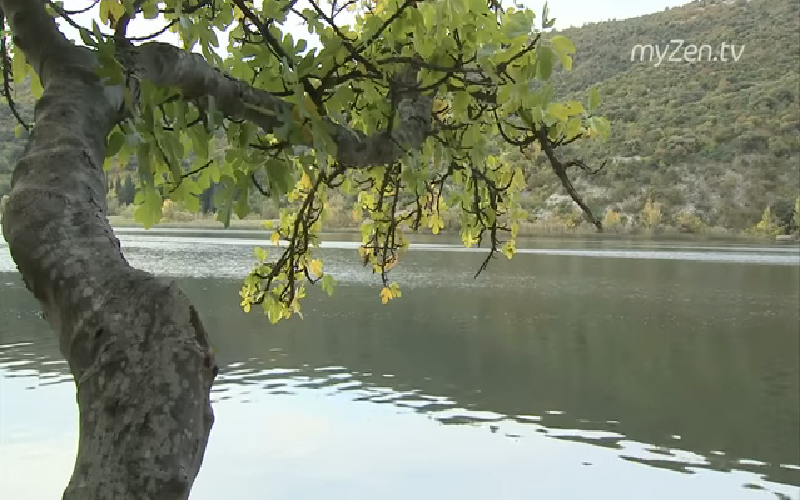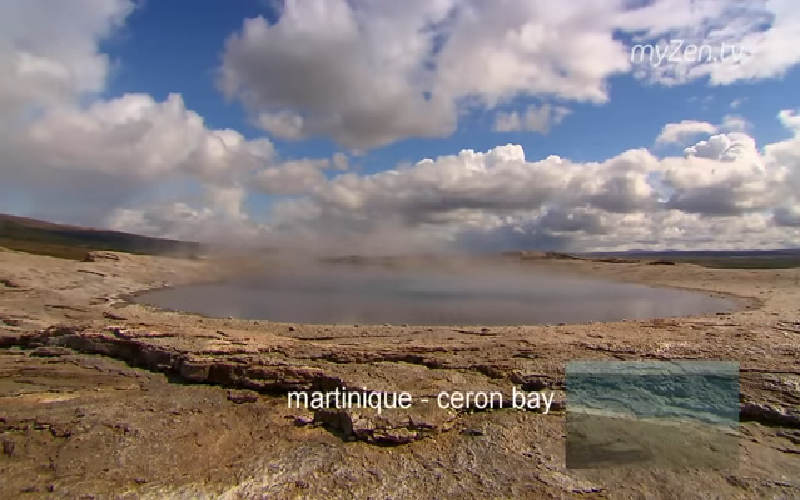
Good afternoon my dear friends. We have seen the treasures of the Moscow Metro and Nevsky Prospekt. Today we will look at the museums of the country. But not in modern times, but during the Great Patriotic War. In its first months, museum workers had to urgently pack and take out works of art away from the front line. However, many exhibits remain in museums and are preserved thanks to the personal courage and care of the employees.
Tretyakov Gallery and the Pushkin Museum im. A.S. Pushkin
When the first news about the German invasion of the USSR appeared on June 22, 1941, employees of the Moscow Tretyakov Gallery and the Pushkin Museum collected and removed most of the most valuable items from their collections in a record 10 days.
For example, not a single freight car enters the legendary painting by Alexander Ivanov “The Appearance of Christ to the People” from the Tretyakov Gallery. Gallery director Alexander Zamoshkin personally measures the cars and decides with the railroad what to do. For the transportation of the painting, two open areas measuring 5.5 by 7.5 meters are allotted, and the canvas itself is rolled up and packed in a tarpaulin.
Sophia Goldstein, an employee of the Tretyakov Gallery, later recalled that very young students of vocational schools and Red Army soldiers helped transport boxes and canvases from the gallery to the station.
One night in mid-July, a special train of 17 cars secretly set off for Novosibirsk (3,300 km from Moscow). Here, in the unfinished building of the Opera House, exhibits were transferred from the Tretyakov Gallery, the Pushkin Museum and a number of other Moscow museums. Part of the collection of the Pushkin Museum is sent to the city of Solikamsk in the Perm Territory (1600 km from Moscow).
Exhibits of the capital’s museum were taken out of Moscow for another year. In 1942, the building of the Tretyakov Gallery was bombed, and, according to eyewitnesses, wind and snow swept through the empty halls. Many museum employees have been evacuated or gone to the front, but their colleagues remain, guarding the frames and waiting for the return of the removed treasures.
The Pushkin Museum was also damaged – in October 1941, as a result of a bomb explosion, the huge glass roof of the museum was destroyed and windows were shattered. Not only did the decoration of several buildings suffer, but also the famous life-size castings of architectural masterpieces and sculptures from the museum’s collection, which could not be exported.
And just a week after the surrender of Germany, the Tretyakov Gallery reopened to visitors, and the Pushkin Museum was already earning its own living in October 1946.
Historical Museum and Kremlin Museum
The Historical Museum of Red Square, like the Kremlin itself, could easily have been blown up. Therefore, its various exhibits – from the sword of General Alexander Suvorov and the golden writing utensils of Alexander Pushkin to the caftan of Ivan the Terrible and the dress of Catherine II – had to be evacuated as soon as possible.
The shipment was led by archaeologist Alexander Bryusov, and at the end of July 1941, more than 900 boxes were sent by an open barge along the Volga to the city of Khvalynsk (900 km from Moscow). But soon the front line approached him, the battle of Stalingrad began, and the boxes went by train to Kustanai (modern Kazakhstan, 2000 km from Moscow).
The museum, by the way, continued to work during the war years. Art historians are cunning and make copies of especially valuable exhibits so that visitors have something to see.
In 1944, valuable exhibits were returned to the museum. Photographs have been preserved showing how employees rejoice in their museum happiness.
The relics of the museums adjacent to the Kremlin are first planned to be hidden in the fortress itself – in the towers and underground storage. However, the Germans quickly approached, and the Kremlin manager Nikolai Spiridonov decided to evacuate the treasure. Almost 75% of the exhibits of the Armory are sent to Sverdlovsk (now Yekaterinburg, 1700 km from Moscow), where they are stored in the building of the NKVD. Only voluminous carriages remained in the museum.
The Kremlin also houses most of the icons, and it is practically “hidden” by German aircraft. The golden domes are painted dark, the red stars of the Kremlin are covered with dark fabric, and the Tsar Bell is “wrapped” with boards.
The Kremlin Museums opened before the end of the war in April 1945. The first visitors were the soldiers of the Kremlin garrison, who helped to evacuate and return things to their places.
Hermitage
The museums of Leningrad (now St. Petersburg) are being tested more severely. Employees and volunteers practically spend the night in the halls of the Hermitage, packing most of the exhibits. The first echelons of the collection left quickly – about a million valuable items were taken to Ural Sverdlovsk. But on September 8, 1941, the blockade of Leningrad began, and the next echelon of masterpieces did not leave the Hermitage, the items were returned to the museum and stored in the basements and on the ground floor of the museum.
Museum director Joseph Orbeli and his associates risk their lives to protect the building and other valuables. The dungeons of the Hermitage became bomb shelters, and some employees with their families moved there. They are on duty day and night, catching incendiary bombs, putting out fires and enduring all the horrors of the blockade, fighting for their lives.
The artist and eyewitness of the events Vera Milyutina recalls the harsh winter of the siege, the incredible impression created by museum halls: empty frames, frozen walls, pieces of broken windows crunching underfoot, and this sound echoes the huge space of the hall.
However, even during the blockade, several excursion and poetry evenings were organized in the museum. By the way, out of the many paintings and valuables taken out during the war, only one painting disappears from the museum’s collection – “Saint Sebastian” by Anthony Van Dyck, which has not yet been found.
Russian Museum
In the main treasury of national painting and sculpture in St. Petersburg – the Russian Museum – more than 7,500 paintings have been removed from the walls and prepared for evacuation. Among them there are more than 60 exhibits, the length of which is four meters or more. “To remove from the walls such huge canvases as Karl Bryulov’s The Last Day of Pompeii. it took the efforts of several dozen people,” recalls Peter Baltun.
Huge canvases with an area of 20-60 square meters had not only to be removed from the frames, but also carefully rolled into special rolls, without folding or damaging the paint layer. Some scrolls, for example, reached a length of 10 meters, and the diameter of each of them ranged from 60 to 120 centimeters.
The first batch of paintings was evacuated to Gorky (now Nizhny Novgorod, 1200 km from St. Petersburg), and the second to Perm (1800 km from St. Petersburg).
It was difficult even to go down from the second floor to the famous “Anna Ioannovna with an Arab” by Carlo Rastrelli, so the museum workers decided to hide it in the ground. A deep ditch has been dug in the garden in front of the museum, the statue itself is carefully covered with grease (a special grease) and tightly wrapped with waterproofing material. In the place where the statue was hidden, a large flower bed was arranged, which was soon densely planted with flowers.
The fate of the magnificent palace and its exhibits seems the saddest. About 14,000 works of art were evacuated to Novosibirsk and the city of Sarapul in Udmurtia (1,900 km from St. Petersburg). However, only a part of the numerous sculptures from the park complex reached the freight station of the Moscow railway station and the Leningrad St. Isaac’s Cathedral, which was never damaged by bombing, as it served as a guide for German aviation.
Peterhof
After the valuable exhibits were removed, the rest of the museum staff tried to hide what could not be evacuated. The remaining sculptures were buried in chests right in the park, and the bronze statues were hidden in the Grand Cascade of Fountains.
The palaces themselves were prepared for the bombardment: windows were pasted over, parquet on the floor was polished, panels were glued to the walls of the halls.
However, Peterhof was not only bombed, but also turned out to be a real battlefield and was practically destroyed. All that was left of the Grand Palace of this Russian Versailles was just ruined ruins, fountains and burned trees in the park. More than 16,000 valuables were irretrievably lost, including the original sculpture of Samson from the pedestal of the famous fountain.
So, feats were performed not only at the front, but also where it seemed to be quiet and calm.


